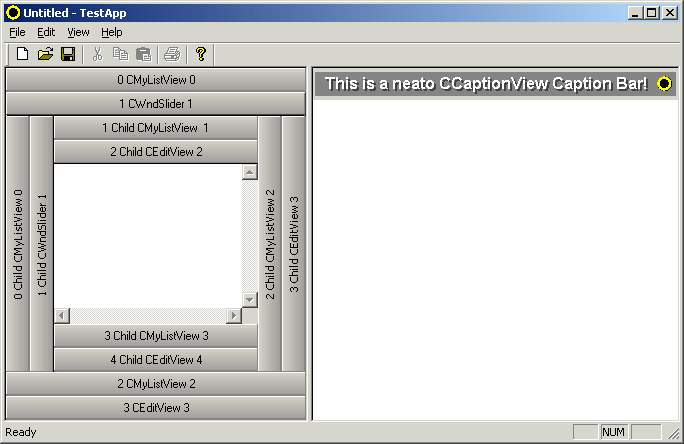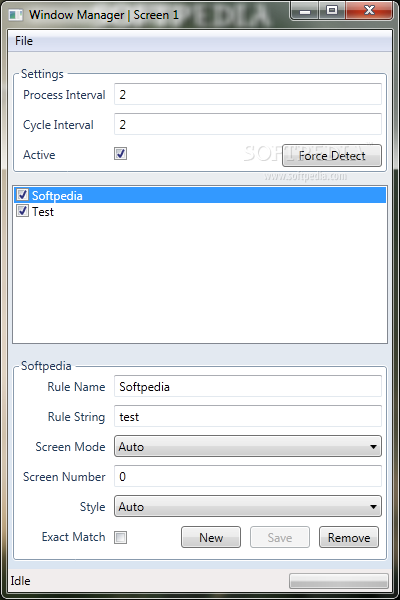

- Windowmanager translate animation how to#
- Windowmanager translate animation android#
- Windowmanager translate animation code#
The Blender "Data View Edit" separation can be found in the entire Blender UI. It was coincidentally similar to MVC - we never heard of that then! - with an important exception though. In the period 1994-1995, when in the NeoGeo animation studio a redesign started of their in-house tool "Traces", a similar model was developed.
Windowmanager translate animation code#
It's a UI development paradigm which proposes to strictly separate code for "Model" (the data) from "View" (the interface, visualizations) and from "Controller" (the operations on data).
Windowmanager translate animation android#
This article is part of the Floating Windows on Android series.The MVC model is short for "Model, View, Controller". The whole source code for this article is available on Github.Įager to learn more about Android development? Follow me ( and Localazy ( on Twitter, or like Localazy on Facebook. We will address both of these problems in the next articles. The keyboard is not activated and doesn't appear. The window stays in the center of the screen, and we can't move it anywhere.

The window is still there visible above them. As normal Android apps rely on the system to provide many of these features, I had to rewrite all of these features for Floating Apps from scratch.Īs you can see in the animation below, we open our new floating window and even switch apps.

I will teach you more about all these issues in one of the next articles.Īlso, all running apps are registered with the global list of active windows, and that allows for many exciting features - listing all active apps, running some of them only once, reactivating running apps instead of rerunning them, cross-app state refreshing, etc.Īs you can see, there can be a vast logic. Also, the Application class can automatically solve a lot of shortcomings in floating technology. When the app is launched, the information from its header file is used to create the app's instance and an instance of Window.Įach of the apps extends Application that provides a basic set of features for managing its lifecycle, defining menus, handling window size, position, minimizing, etc. Headers files are kept in memory and used for listing available apps. Each of them has a header file that contains the necessary information about it - localized name, internal identifier, icon, list of required permissions, launch preferences, window presets, etc. If you are interested in how complex the logic behind simple floating windows can get, there is a bit of the background from Floating Apps. Private fun getCurrentDisplayMetrics (): DisplayMetrics Fortunately, it allows us to add and remove views directly, and if we add them with correct parameters, we have our floating windows! WindowManager is an interface that the app can use for communication with the window manager.Īnd the window manager on Android handles everything you can see on the screen.
Windowmanager translate animation how to#
In this article, I will teach you how to show the actual floating window over other apps. I received feedback from tens of thousands of users and see various issues on different phones with different Android versions.īefore reading this article, it's recommended to go through Floating Windows on Android 3: Permissions. It’s sometimes tricky, and I spent months reading documentation and Android source code and experimenting. After 6 years of the development of the app, I know a bit about it. I'm the author of Floating Apps the first app of its kind on Google Play and the most popular one with over 8 million downloads. Have you ever wondered how to make those floating windows used by Facebook Heads and other apps? Have you ever wanted to use the same technology in your app? It’s easy, and I will guide you through the whole process.


 0 kommentar(er)
0 kommentar(er)
